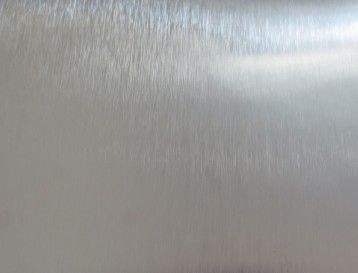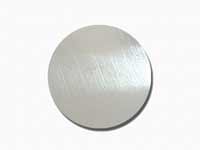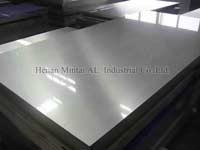Aluminum density and benifits
2017-04-08
The density of aluminum is about 2.71 ton per cubic meter and conductivity is about 61% of copper. Although pure aluminum is very soft and rich in ductility, it can be hardened by cold working and alloy. Bauxite is an important source of aluminum, to make a pound of alumina requires about two pounds of bauxite, while the production of a pound of aluminum requires two pounds of alumina.
Aluminum oxide, hydroxide and oxygen containing aluminum silicate in the natural world are found to have very little natural metal. There are 258 kinds of minerals containing known rare minerals, including about 43. In fact, there is no general distribution of the aluminum deposits of pure minerals, and there are impurities. From the view of economy and technology, not all aluminum mineral can become industrial raw materials. For the extraction of the metal aluminum is mainly composed of diaspore bauxite, boehmite or gibbsite.
The Benefits of Aluminum
Aluminum is a light metal, about the third of the density of steel, copper, and brass.
Aluminum has good corrosion resistance to common atmospheric and marine atmospheres. Its corrosion resistance and scratch resistance can be enhanced by anodizing.
Aluminum has high reflectivity and can be used for decorative applications.
Some aluminum alloys can match or even exceed the strength of common construction steel.
Aluminum retains its toughness at very low temperatures, without becoming brittle like carbon steels.
Aluminum is a good conductor of heat and electricity. When measured by equal cross-sectional area, electrical grade aluminum has conductivity which is approximately 62% of electrical grade
annealed copper. However, when compared using equal weight, the conductivity of aluminum is 204% of copper.
Aluminum is readily worked and formed using a wide variety of forming processes including deep- drawing and roll forming.
Aluminum is non-toxic and is commonly used in contact with foodstuffs.
Aluminum can be readily recycled.












 (Chat Online)
(Chat Online)



